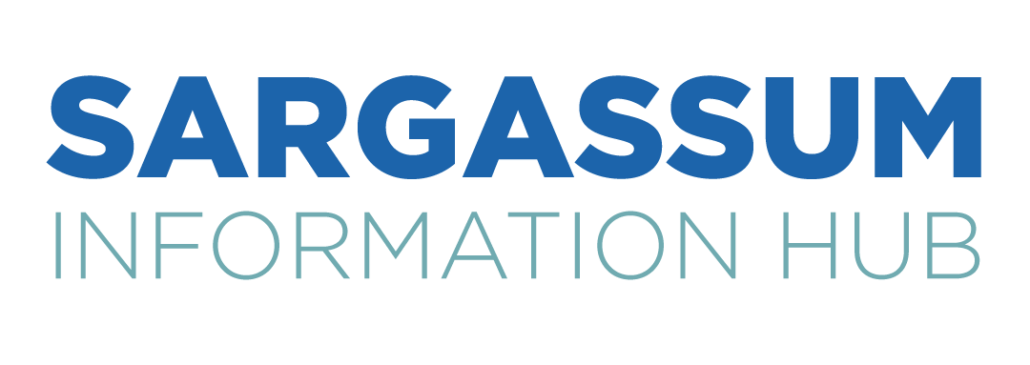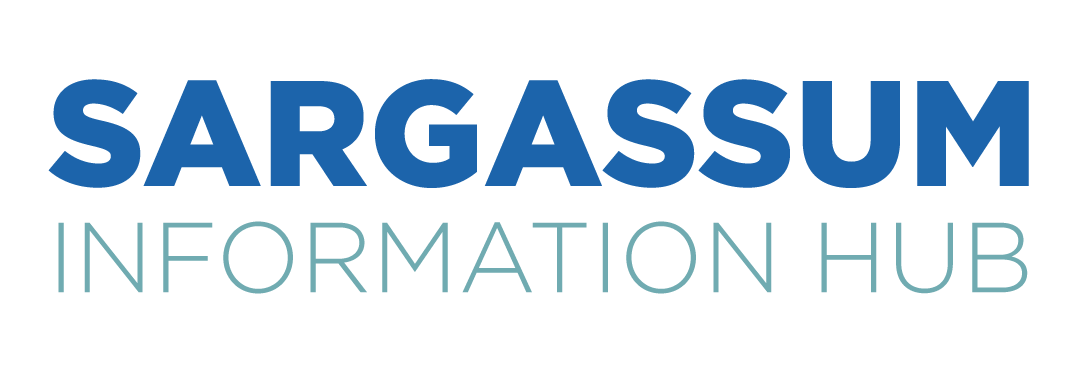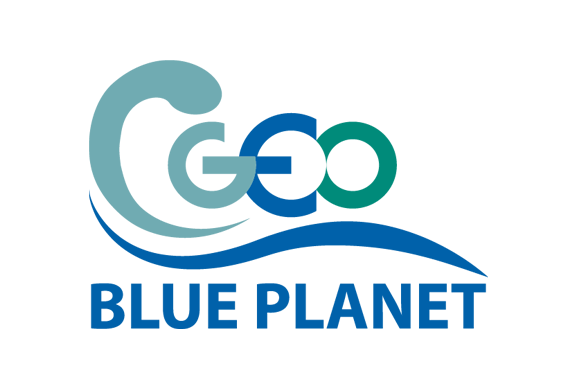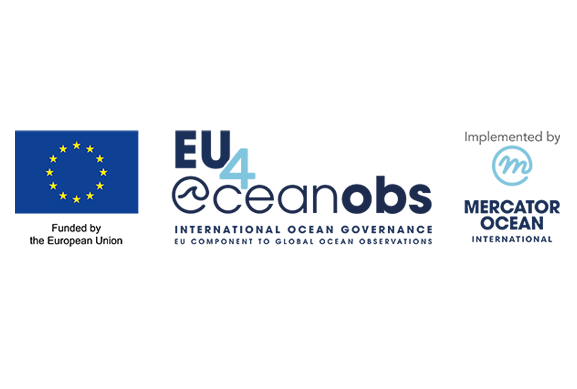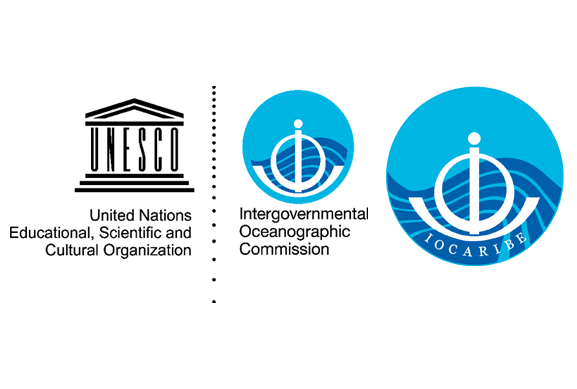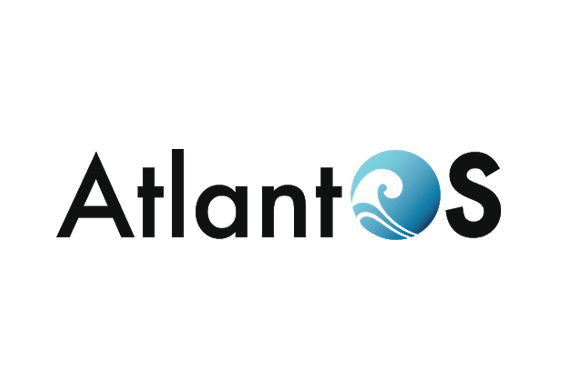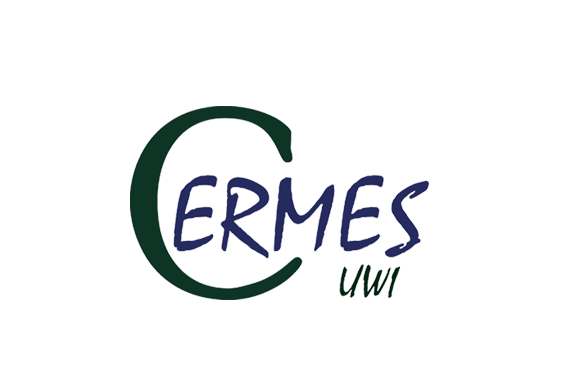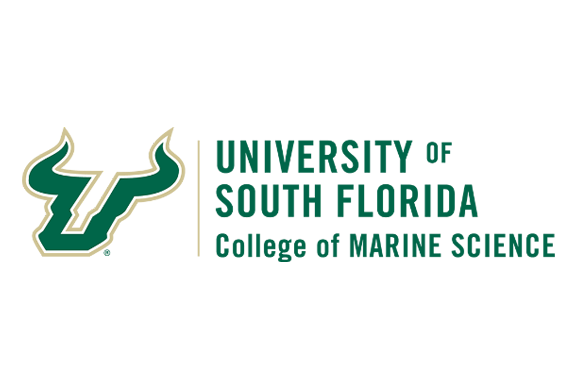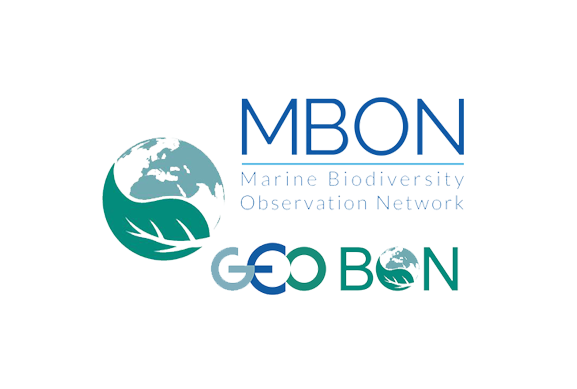Similar to many Caribbean nations grappling with the challenges of massive sargassum influxes, the French public authorities have implemented measures within the constraints of available resources. In 2014, the sargassum situation had escalated to a point where it demanded immediate attention. Consequently, an emergency plan at the local level was implemented in 2014, followed by an emergency plan at the national level in the summer of 2015. In late 2015, The Agence de l’Environnement et de la Maîtrise de l’Energie (ADEME) published a call for expressions of interest (EOI) to collect sargassum with the following aims: to improve local monitoring and forecasting tools for sargassum influxes; to define suitable ways to collect washed up sargassum on land or at sea and to identify and introduce systems to recover seaweed. Ten projects were selected and tested in Martinique and Guadeloupe, primarily focusing on collecting seaweed.
Shortly after in 2016, Ministries of the French Republic published a report titled ‘Le phénomène d’échouage des sargasses dans les Antilles et en Guyane’. This report generally provided recommendations for clean-up and disposal (manual, mechanical, onshore, nearshore, treatment – within three days), forecasting, governance (integrate sargassum into existing risk management plans at multiple authority levels), monitoring, research and reuse (agriculture). In 2018, the former French minister for the environment presented a €10 million plan to combat the problem. However, due to the scale of the problem, a total amount of €13 million was reallocated by the funding partners from the French National Research Agency to tackle the sargasum crisis.
Following an international conference on sargassum held in Guadeloupe in October 2019, the Regional Council of Guadeloupe designed a regional project called Sarg’Coop. Ultimately, the goal is to have a centralized system for alerting citizens and monitoring regional health conditions based in Guadeloupe that will anticipate the occurrence of hazards linked to the accumulation of sargassum on shores. This will allow for the implementation of appropriate preventive measures.
Recently in 2022, another sargassum seaweed plan was announced by the French government. The problem has also been raised in the European parliament in November, 2022.
In St. Bart’s, the local government created a dedicated committee to combat sargassum. This committee works on several fronts, including monitoring sargassum influxes, investing in cleanup efforts, and participating in research and prevention initiatives. As part of these efforts, the government invested nearly 1.6 million euros to remove approximately 12,000 tons of sargassum from its shores in 2022. In addition to the cleanup efforts, St Barts participated in research and prevention initiatives to address the sargassum problem. For example, in 2019, St Barts hosted a conference on sargassum, which resulted in the creation of the Sargasse Project, which seeks to transform sargassum into a valuable resource.
